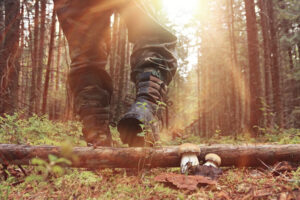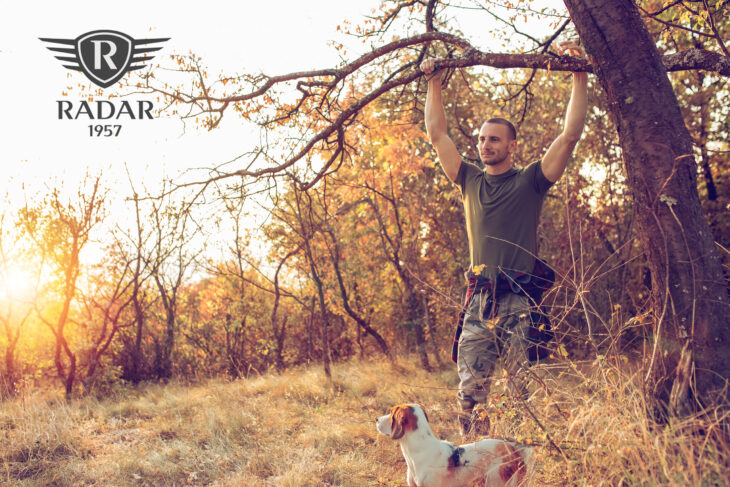Hunting requires much more than good aim and proper equipment. Optimal physical preparation is essential for facing long days in the woods, rough terrain, and carrying equipment. Let’s discover together how to best prepare for the hunting season.
Why Physical Preparation is Important
Hunters face considerable physical challenges: long walks with heavy equipment, rough terrain, and variable weather conditions. Good physical preparation not only improves performance but also reduces the risk of injury and increases enjoyment of hunting activities.
Key Exercises for Preparation

The fundamental exercises for a hunter include:
- Uphill speed walking (30-45 minutes)
- Hiking with a heavy backpack
- Squats with and without weights
- Pull-ups
- Planks and core exercises
Seasonal Training Program
Long-Term Preparation
The ideal program begins three months before hunting season. During the first weeks, alternate three cardio sessions with two strength sessions, including a weekend hike with equipment. Two months before the opening, gradually increase the intensity of workouts and the duration of weekend hikes.
The Final Month
In the last month before opening, maintain constant cardio but gradually reduce weights, focusing more on practical hikes with complete equipment. This period serves to refine preparation and accustom the body to real hunting conditions.
Nutrition and Hydration
Essential elements of a hunter’s diet:
- Lean proteins for muscle building
- Complex carbohydrates for energy
- Healthy fats for endurance
- 2-3 liters of water per day
- Mineral salt supplements for intense days
Training Equipment
Training with the equipment you’ll use during hunting is essential. Use your hiking boots during training and get used to carrying a backpack with a weight similar to what you’ll carry during hunting trips. Technical moisture-wicking clothing will help keep you dry and comfortable during workouts.
Injury Prevention
Key elements for preventing injuries:
- 10 minutes of warm-up before each session
- Dynamic stretching and joint mobility
- Adequate recovery between sessions
- Listening to body signals
- Gradual progression in intensity

Terrain Adaptation
Try to train on terrain similar to what you’ll encounter during hunting. Practice on various slopes and surface types will allow you to develop the most efficient movement technique. Practice walking uphill and downhill with complete equipment.
Progress Monitoring
Keep track of your progress by monitoring cardiovascular endurance, strength, and recovery times. A training diary can be a useful tool for recording improvements and identifying areas that need more attention.
Mental Preparation
Mental preparation is as important as physical preparation. Develop the ability to maintain concentration for long periods and manage physical stress. Visualizing the terrain and hunting situations can help prepare mentally.
Important Notes
Always remember to:
- Consult a doctor before starting
- Progress gradually in intensity
- Respect recovery times
- Maintain proper hydration
- Listen to your body
This article has been curated by the Radar1957 editorial team (www.radar1957.it)

